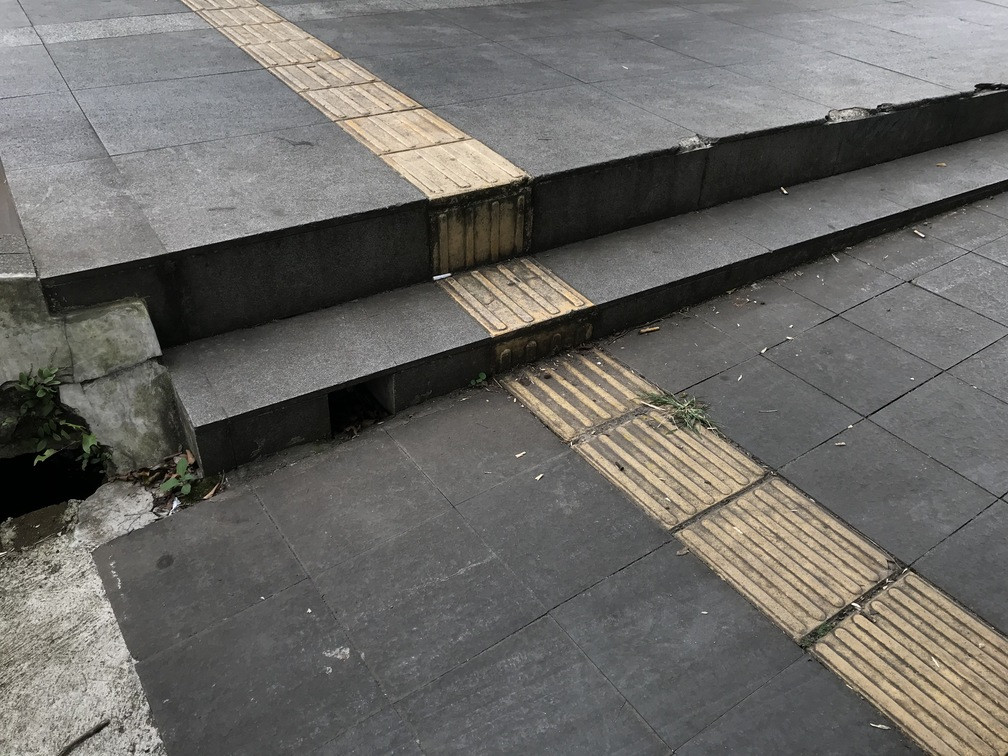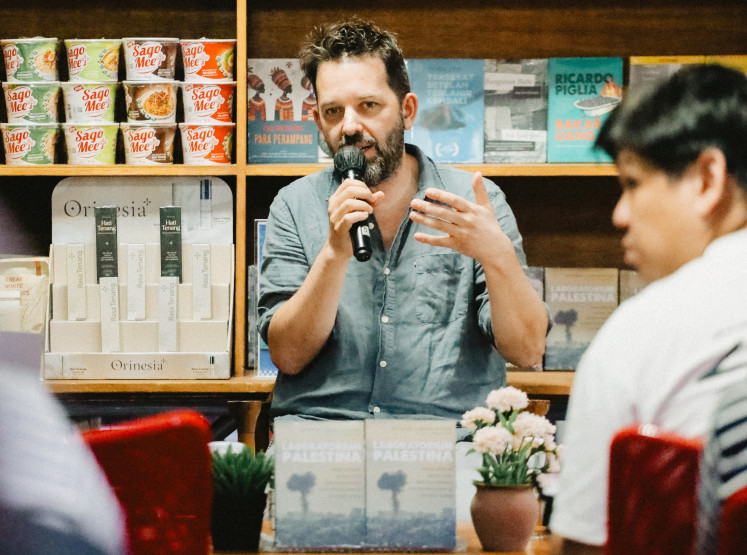Popular Reads
Top Results
Can't find what you're looking for?
View all search resultsPopular Reads
Top Results
Can't find what you're looking for?
View all search results'Hostile' public spaces: Are they really for the public?
Call it the pursuit of "modernization" or the modern esthetic, but public spaces filled with facilities, structures and other ar elements that make them unaccommodating to the end-user (that would be us, the public) aren't fulfilling their basic function, never mind inclusiveness.
Change text size
Gift Premium Articles
to Anyone
T
he facilities and structures of a public space should be open and accessible to the general public as a whole, without any features that could be discriminatory against any particular group.
Simply put, badly designed public spaces are inhospitable to the ordinary folks they’re meant for.
“In MRT stations, all the benches are the same slatted benches with noticeable gaps. From what I’ve seen, they’re really not convenient for older people, [and] there are no special seats designed for them,” observed Shereen, a 26-year-old content marketing manager who commutes to work on both the Jakarta MRT and Commuter Line.
“As for the Commuter Line, before renovations, the benches were actually decent enough. After they were changed into the frame-like ones that you can’t actually sit on, it’s more difficult to rest between your commute,” she said, referring to the so-called leaning benches featuring horizontal bars at Commuter Line train stations.
A bench made from a pair of steel pipes without seat panels does not offer visitors a comfortable place to rest at a public park in Bandung. Designs like this are called “hostile architecture” or “defensive urban design”. (JP/Almer Mikhail)These types of urban facilities are called “hostile architecture” or “defensive urban design”, and are a way of controlling societal behavior through built environments. Common examples include the leaning benches above to deter people from sitting too long, or park benches with divider arms to prevent people from laying across them.
Such features in public spaces pose a paradox: Why are public spaces being designed so they are unwelcoming to the public?




















